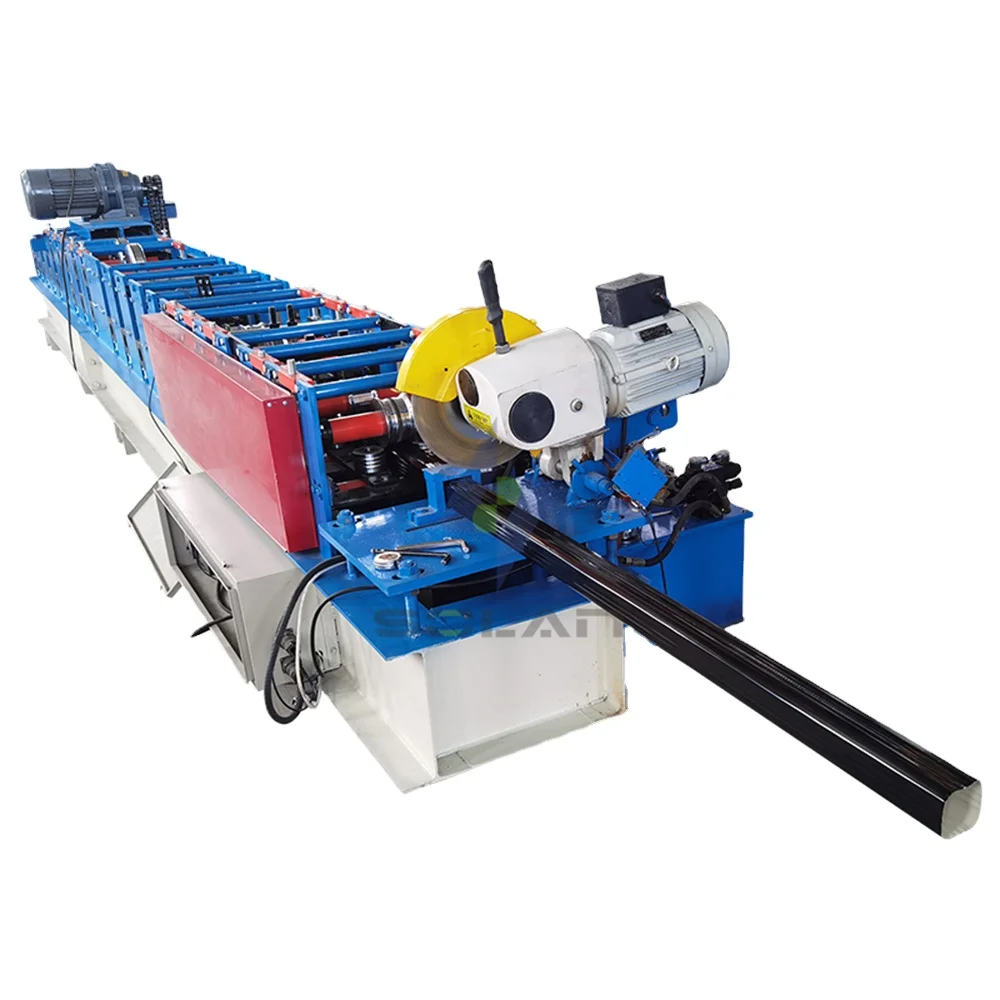
Why Stormwater Management Matters for Contractors
Stormwater management is a crucial aspect of construction that contractors must prioritize to adhere to environmental regulations, minimize runoff, and protect water quality. The Environmental Protection Agency (EPA) emphasizes the importance of effective stormwater management techniques, which can significantly reduce pollutants entering waterways. By implementing these practices, contractors not only comply with regulations but also contribute to the preservation of local ecosystems.
Contractors play a pivotal role in implementing stormwater solutions during the construction phase. Their involvement is essential to ensuring that projects align with sustainable practices and protect natural habitats. Moreover, by adopting responsible environmental practices, contractors can enhance their reputation as thought leaders in environmental management, increasing their appeal in a competitive industry.
Proper stormwater management also helps prevent erosion and sedimentation, which can damage landscapes and infrastructure. Studies have demonstrated that effective stormwater management measures can reduce maintenance costs and extend the lifespan of both natural and built environments. By focusing on sustainable management strategies, contractors can optimize long-term outcomes for their projects while simultaneously contributing to a healthier ecological balance.
Essential Features in Modern Gutter Machinery
Precision Roll Forming Technology
Precision roll forming technology is a cornerstone of modern gutter manufacturing. This technology ensures that gutters are produced with exact dimensions, enhancing both their fit and function. By delivering precise results, contractors can ensure a seamless installation process, minimizing potential issues that arise from ill-fitting components. Additionally, precision roll forming minimizes waste material during production, which translates to significant cost savings. Not only does this approach help to cut down on expenses, but it also contributes positively to environmental conservation by reducing the amount of scrap material.
Multi-Material Compatibility
The diversity in project requirements calls for gutter machinery that can handle multiple materials. Modern gutter machines are designed to work with a range of materials, including aluminum, copper, and steel. This multi-material compatibility allows contractors to tailor their services to meet specific client preferences and project specifications, ensuring satisfaction across various design needs. The ability to seamlessly switch between materials adds a layer of flexibility and adaptability, vital in today's competitive construction environment where meeting diverse demands is key to maintaining customer relations and business growth.
Portability & Job Site Flexibility
The portability of gutter machines presents a significant advantage for contractors who need to transport equipment easily between job sites. These machines are increasingly designed with mobility in mind, enabling us to set up quickly and efficiently regardless of the location. The flexibility inherent in the design of portable gutter machines allows us to adapt to various installation scenarios swiftly, ensuring productivity and efficiency even in challenging environments. The ability to navigate different site conditions seamlessly saves both time and resources, ultimately boosting project outcomes and client satisfaction.
Contractor-Grade Downspout Machine Solutions
SOLAN Rain Portable Gutter Machine - Compact Powerhouse
The SOLAN Rain Portable Gutter Machine stands out as an efficient solution for contractors who need to produce downspouts rapidly. This machine ensures minimal setup time, allowing for quick operations without sacrificing quality. Its compact design makes it perfect for small to medium-sized projects, providing professional-grade results in a portable package. The SOLAN Rain machine features an automated control system and precision molding technology, enhancing production efficiency and accuracy. Additionally, its versatility supports a variety of raw materials, such as galvanized and color-coated sheets, allowing flexibility in meeting diverse client requirements.
High-Performance Stainless Steel Roof Machine - Heavy-Duty Productivity
The High-Performance Stainless Steel Roof Machine is designed for heavy-duty productivity, perfect for contractors undertaking large-scale projects. Engineered for durability, this machine maintains its high performance even under continuous operation, ensuring reliable output for extensive tasks. Its stainless steel construction not only enhances longevity but also minimizes maintenance costs, thereby boosting profitability. This machine excels in multi-material compatibility, efficiently working with materials like stainless steel, PPGI, and GI. Its high-speed production and precision cold roll forming capabilities ensure that material strength is maintained without distortion, meeting the rigorous demands of professional-grade roofing solutions.
Optimizing Machine Performance for Stormwater Systems
Preventative Maintenance Strategies
Implementing regular preventative maintenance strategies is crucial for ensuring the longevity and optimal performance of stormwater system machinery. By routinely inspecting and servicing equipment, potential issues can be identified and addressed before they develop into significant problems. This approach not only helps in reducing downtime but also minimizes costly repairs. Indeed, statistics indicate that a robust maintenance schedule can extend the lifespan of machinery by more than 30%. This translates into substantial cost savings and increased productivity for contractors, as machines are less likely to break down unexpectedly, disrupting operations.
Integrating Decoiler Systems
Integrating decoiler systems into your gutter machine setup is an effective way to streamline the production process and enhance efficiency. Decoilers automate the unwinding of coils, ensuring a consistent and smooth material feed into the machine. This automation significantly reduces the need for manual handling, thereby minimizing the chances of accidents or injuries on job sites. Moreover, by improving production efficiency, decoiler systems can help contractors meet project deadlines more reliably, ultimately leading to better customer satisfaction and repeat business.
Cold Roll Forming Best Practices
Adopting best practices in cold roll forming can substantially optimize material usage and improve the quality of components in stormwater management solutions. This manufacturing technique allows for the production of strong yet lightweight fittings and structures, which are essential in modern stormwater systems. Contemporary research highlights the merits of cold roll forming, noting its efficiency in reducing waste and producing high-quality output. These practices not only enhance the sustainability of construction projects but also contribute to a more cost-effective production process by utilizing materials more efficiently.



